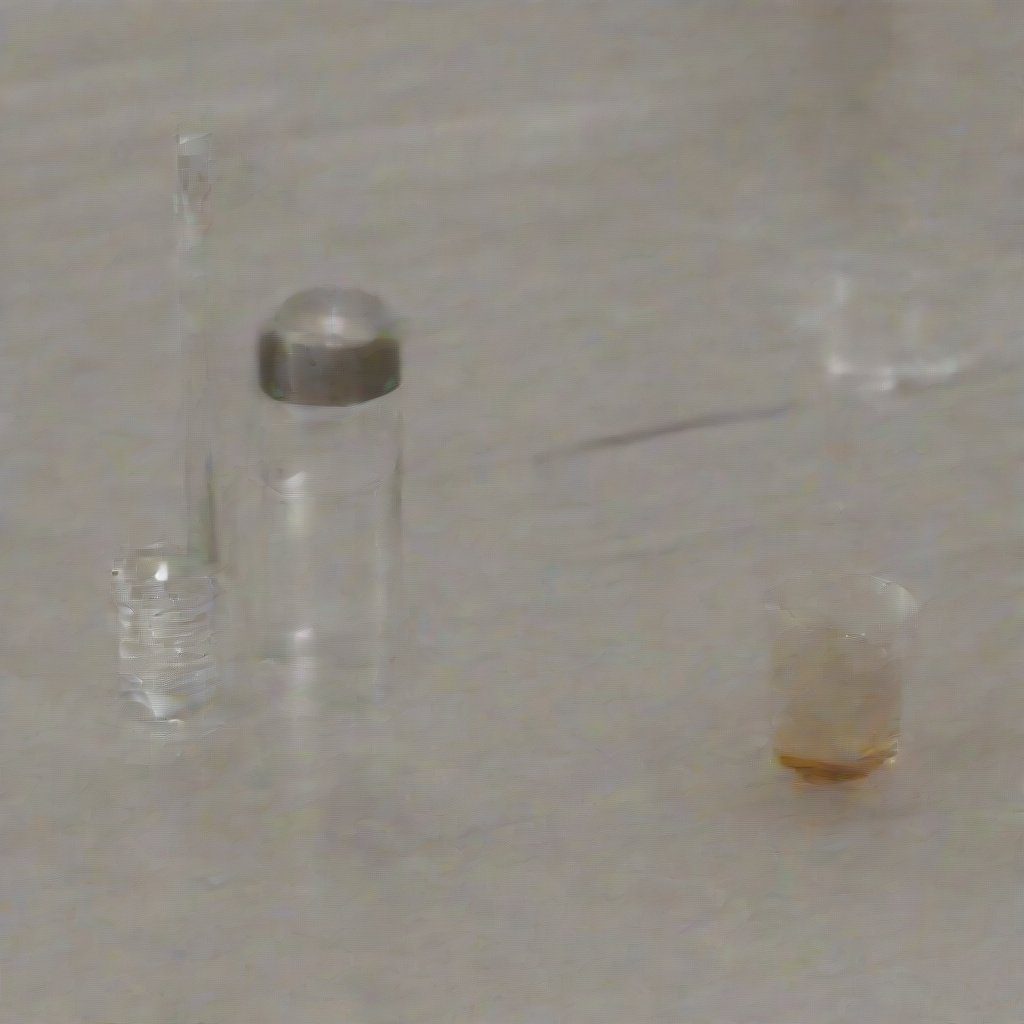Understanding Glycerin Distribution Channels
Glycerin distribution channels refer to the various pathways through which glycerin, a versatile chemical used in multiple industries, is transported from producers to end-users. These channels encompass a wide range of intermediaries, including manufacturers, wholesalers, and retailers, each playing a crucial role in ensuring that glycerin reaches its final destination in a timely and efficient manner.
Types of Glycerin Distribution Channels
There are primarily two types of glycerin distribution channels: direct and indirect. Direct distribution involves selling glycerin straight from producers to consumers, eliminating intermediaries and often leading to lower prices. Conversely, indirect distribution includes various intermediaries such as agents, brokers, and distributors who facilitate the sale of glycerin to end-users, often providing added value through logistics and customer service.
Importance of Efficient Distribution
Efficient glycerin distribution channels are essential for maintaining product quality and meeting customer demand. Timely delivery ensures that manufacturers, particularly those in the cosmetic, pharmaceutical, and food industries, have a steady supply of glycerin to incorporate into their products. Any disruption in the distribution channel can lead to delays in production and, ultimately, a loss of revenue.
Regional Distribution Strategies
In the global glycerin market, regional distribution strategies play a pivotal role in ensuring that glycerin is available where it is needed most. For example, Brazilian glycerin suppliers like Diplomata often focus on establishing strong distribution networks in key markets such as the United States, ensuring compliance with local regulations and standards. This localized approach not only improves delivery times but also fosters strong relationships with customers.
Challenges in Glycerin Distribution
The glycerin distribution process is not without its challenges. Fluctuating demand, regulatory hurdles, and logistics issues can complicate the distribution channels. Additionally, ensuring the quality and purity of glycerin during transit is paramount, as any contamination can compromise the product and harm the reputation of the supplier.
Role of Technology in Distribution
Modern technology has revolutionized glycerin distribution channels, introducing sophisticated tracking systems and inventory management software that enhance visibility and efficiency. Digital platforms enable suppliers like Diplomata to monitor their shipments in real-time, ensuring that customers receive their glycerin orders promptly and in optimal condition.
Glycerin Market Trends
Understanding market trends is crucial for optimizing glycerin distribution channels. The rising demand for glycerin in various sectors, including personal care and pharmaceuticals, creates opportunities for suppliers. By analyzing consumer behavior and market dynamics, companies can adjust their distribution strategies to meet evolving needs and preferences.
Building Strong Relationships
Cultivating strong relationships with distributors and customers is vital for success in glycerin distribution. Trust and reliability are key components that ensure a smooth supply chain. Diplomata’s commitment to quality and consistency helps foster these relationships, positioning the company as a trusted partner in the glycerin market.
Compliance and Regulatory Considerations
Compliance with local and international regulations is a significant aspect of glycerin distribution channels. Suppliers must navigate various regulatory frameworks to ensure that their products meet safety and quality standards. This diligence not only protects consumers but also enhances the credibility of suppliers like Diplomata in the global market.


